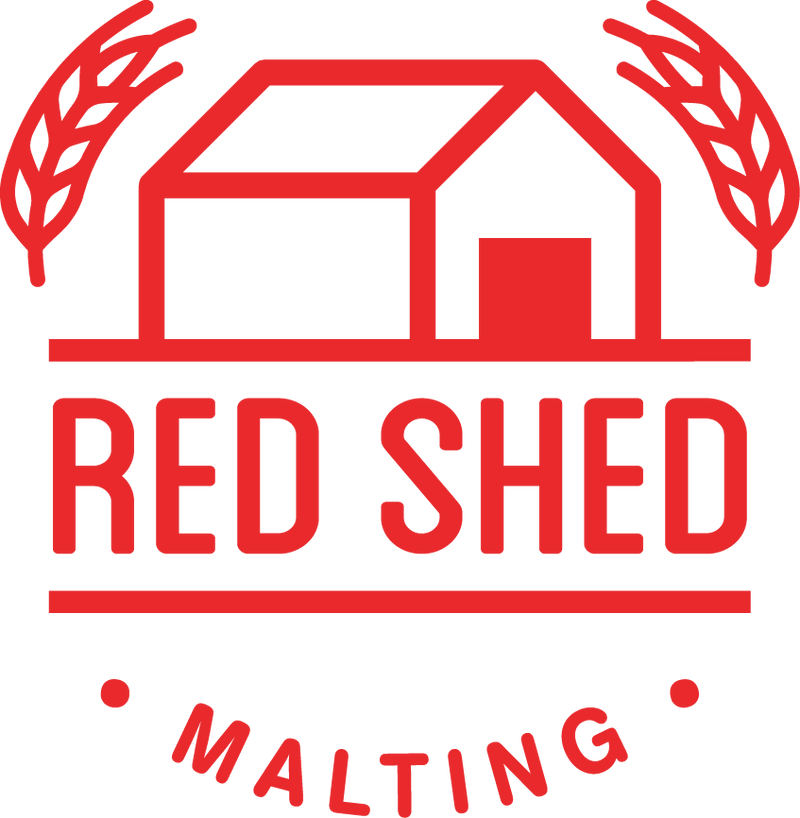How Hamill Farms and Red Shed Malting are pushing the industry forward
Exceptional whisky starts before the distillery, and even before the farmer. The barley value chain, as it relates to distilling, is comprised of everyone between the barley breeders and the final consumer. We are engaged at several levels to help provide distillers with the best possible ingredients.
At the end of February Matt attended the Prairie Grain Development Committee meetings in Saskatoon as a member of the Barley Quality Evaluation Team on the Prairie Recommending Committee for Oats and Barley. There he advocated for the advancement of new, non-gn producing barley varieties. These will be barley varieties that work well on farms across the Canadian Prairies, in the malt house and in the distillery.
On the farm, we planted our first field of rye this past fall. We’re of course excited that these grains will eventually be turned into great rye whisky, but we’re also excited for the sustainability advantages of rye. It is a fall seeded crop, meaning that there are roots in the ground for a longer portion of the year acting as a carbon sink and retaining moisture. As the seasons change, it acts as a habitat for migratory birds. The early start it gets in the spring helps it out-compete weeds. This spring we’ll be planting some AB-Dram, this is the first non-gn producing barley variety that has been registered in Canada and is available to farmers (in extremely limited quantities). We are excited to malt it and test it for flavour and performance in distilleries. We hope that AB-Dram can play an important role in our business in the future. The variety was bred at the Olds College Field Crop Development Centre. The FCDC is a critical piece of infrastructure for the barley value chain. Barley breeding should occur in Alberta where we grow half of Canada’s barley and one third of all of North America’s barley. The program has recently seen some funding challenges that we’ve been advocating our provincial politicians to resolve and give this program the stability it needs to continue thriving.
In the malt house, we’ve been sourcing and cleaning rye from our neighbors to carry us through to fall when we harvest our own. The raw rye we sell is cleaned, sized and colour sorted. So although you see a slightly higher price up front you’ll be rewarded with: more even milling (= more LAA), more consistent and favorable startch:protein ratios, and significantly less disease (ergot).

